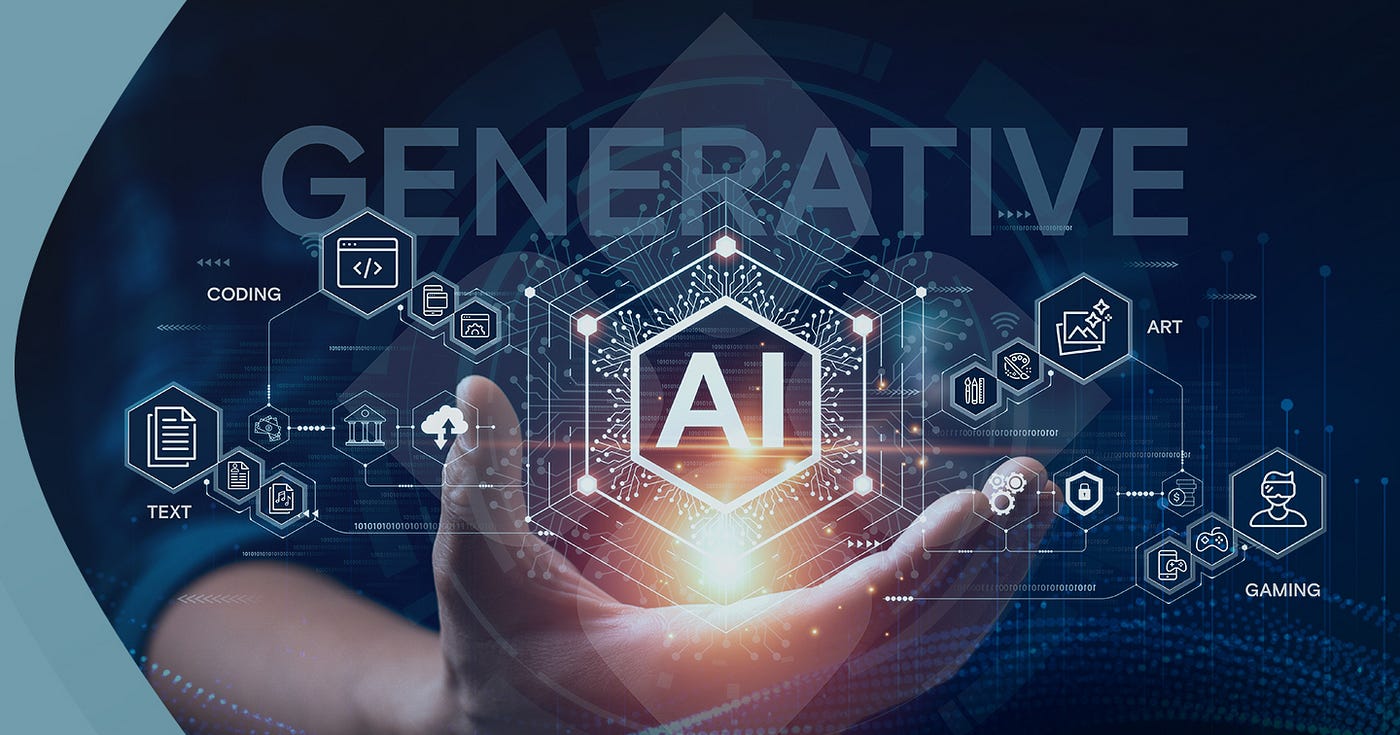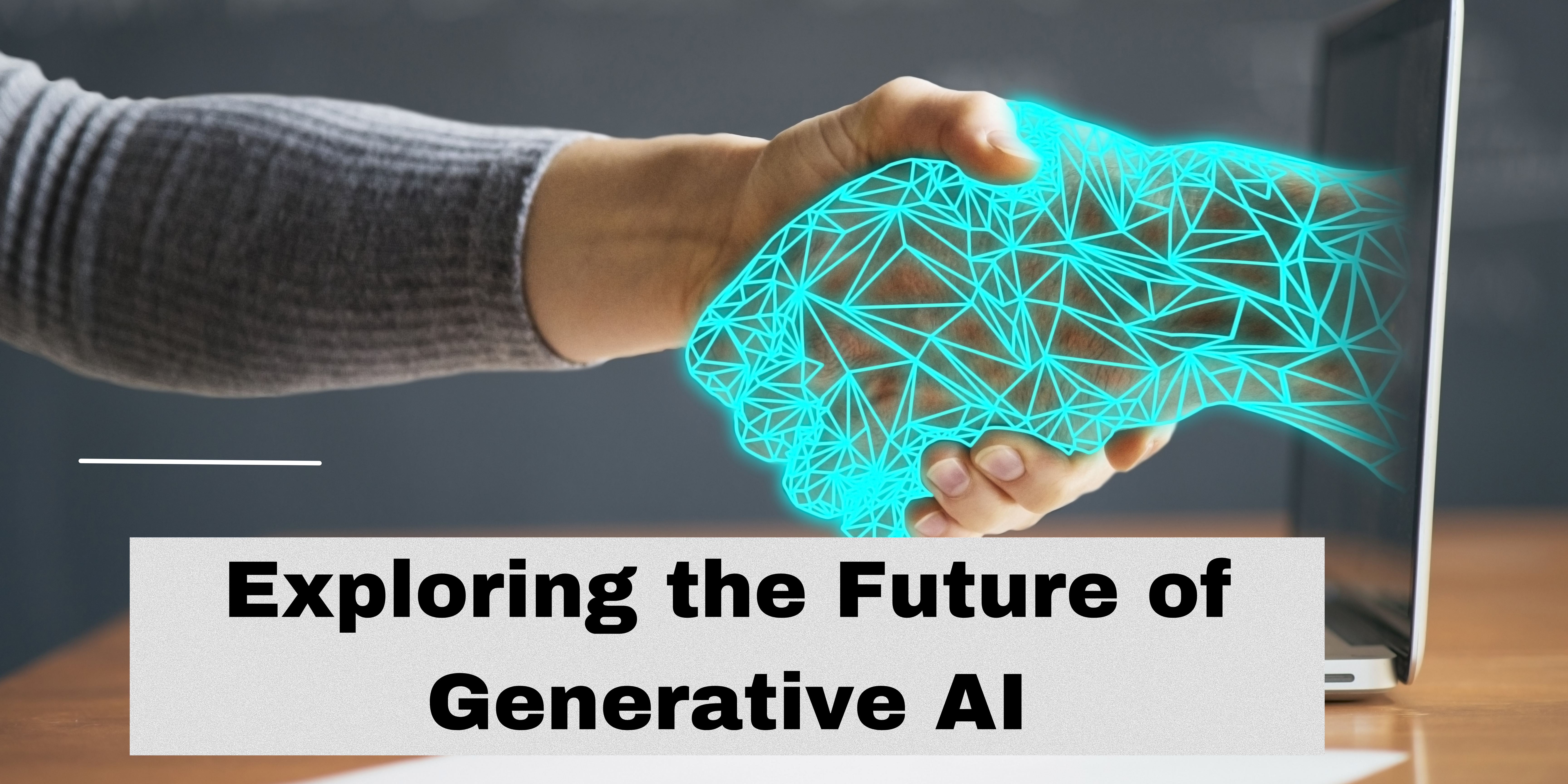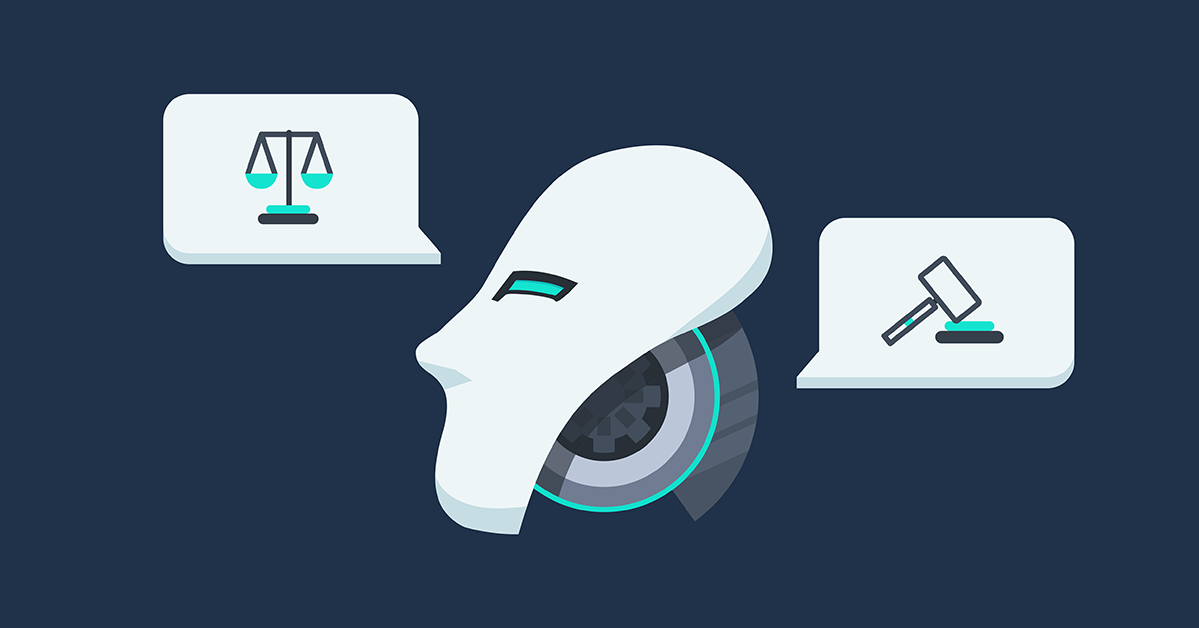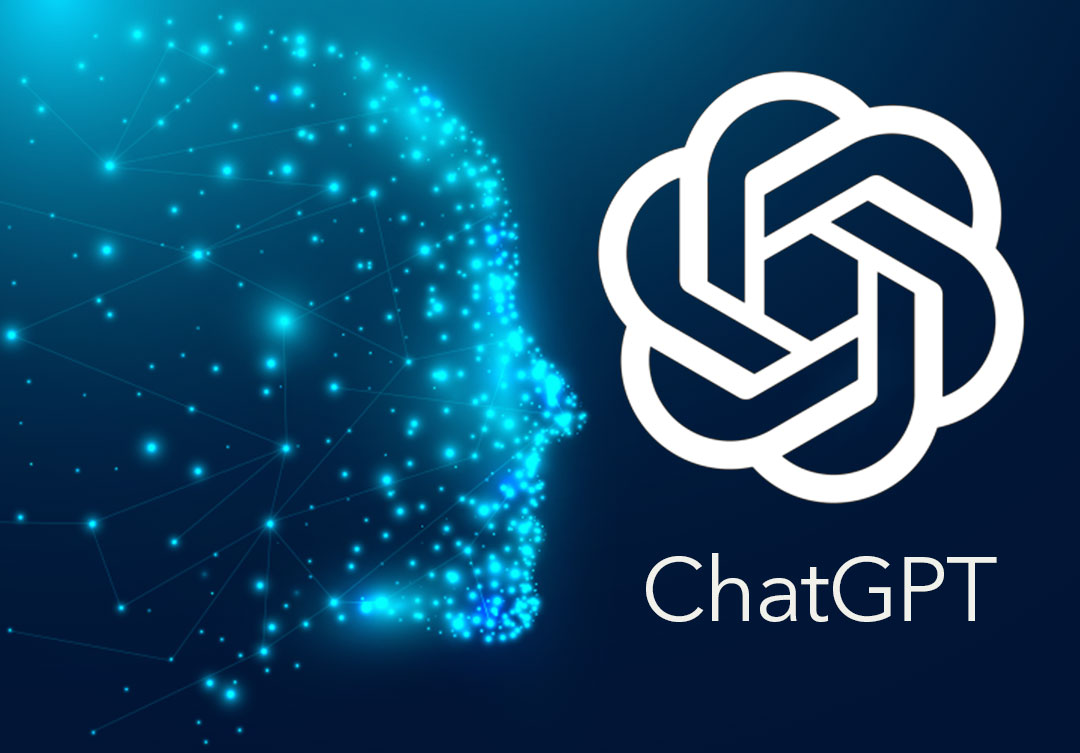Future of Generative AI: What to look for
- Potter Le
- 0 Comments
Generative AI has already revolutionized various facets of our work and daily lives. For instance, tools like ChatGPT have amassed over a million users in just five days, showcasing people’s rapid adoption and trust in such technologies. Moreover, according to recent statistics, over 70% of businesses are now integrating generative AI into their operations, highlighting its growing importance in the modern business landscape.
Looking ahead, the future of Generative AI is boundless. Andrew Ng, co-founder of Google Brain and a leading figure in the AI community, stated, “AI is the new electricity. Just as electricity transformed numerous industries roughly 100 years ago, AI will now do the same.” With advancements in neural networks and the rise of tools like GANs, VAEs, and RNNs, we’re on the cusp of an era where AI doesn’t just assist but collaborates, innovates, and even thinks alongside us.
I. Brief History of Generative AI
Generative AI’s roots trace back to the 1950s with concepts like the Markov Chain, which generated new data sequences. However, it was only in the tech advancements of the 1990s and 2000s, fueled by machine learning and abundant data, that Generative AI truly blossomed. This growth was propelled by neural networks, digital mimics of our brain’s structure. The real breakthrough came with the introduction of the Generative Adversarial Network (GAN) by Ian Goodfellow in 2014, alongside other tools like VAEs and RNNs, setting the stage for today’s advanced Generative AI tools.

II. The Promising Future of Generative AI
While technologies like ChatGPT and Stable Diffusion might seem like sudden phenomena, they have been in the making for years. For instance, the potential of generative AI was foreseen as early as 2020, with the release of GPT-2 in 2019 marking a clear indication of the transformative power of generative language models.
1. Large Learning Models are Growing
Generative AI has been a focal point of technological advancement and discussion, particularly in the form of Large Language Models (LLMs), which are designed to understand and generate human-like text from vast amounts of data.
The rapid advancements in AI are not the culmination but rather a glimpse into the future. As groundbreaking models like ChatGPT appear now, they are just precursors to the next wave of innovation. The next generation of LLMs is already developing, promising even more revolutionary capabilities that will impact Generative AI future.
Three critical areas of innovation that generative AI and LLMs include:
- Self-improving Models: The idea that LLMs can generate their training data is groundbreaking. Models can continuously refine and improve themselves by producing new content and using it as additional training data. This approach has shown significant potential, with models achieving state-of-the-art performance on various language tasks.
- Fact-checking Models: While powerful, the current generation of LLMs often provides inaccurate or misleading information. The next wave addresses this by enabling LLMs to retrieve data from external sources and provide references for their statements. This will enhance the accuracy of the information and build trust with users.
- Sparse Expert Models: A new architectural approach, sparse expert models, is gaining traction. Unlike traditional dense models that activate all their parameters for a given input, sparse models start only the most relevant subset. This makes them both more significant and less computationally demanding. Their potential benefits include computational efficiency, improved performance, and enhanced interpretability.

2. Making AI More User-Friendly
In the coming years, AI will take a giant stride in understanding language, grasping not just words but the feelings and context behind them. When you interact with it, it’ll feel more like chatting with a friend than a machine. You’ll be free to guide AI, detailing the exact tone or visual style you aim for.
- Enhanced Language Processing: Generative AI’s future will see a better understanding of language. AI models produce text that grasps context, subtleties, and feelings, making AI interactions seem more like human conversation.
- Direct Content Creation: Upcoming generative AI will give users more say in the content they produce. With clear interfaces, users can guide AI to craft content that fits their requirements, like tone, style, and specific details, leading to tailored results.
- Better Visual Content Tools: Generative AI will improve visual content tools. Users will find generating and tweaking images easier, from designing graphics to building virtual environments.
- Simpler User Experience: A primary aim for future generative AI is to simplify its use. No matter their tech skills, people will use AI for content making. Straightforward interfaces and workflows will open AI to more users.
- Bias and Ethics Focus: Generative AI will have better bias and ethics controls. Users can adjust AI models to match their principles, ensuring the content created is ethically sound. This active step will make AI more reliable and user-centric.
3. The Rise of Specific Models
Generative AI is undergoing a strategic pivot towards “Narrow AI.” Rather than adopting a generalized approach, this AI paradigm emphasizes domain-specific expertise, optimizing its accuracy and computational efficiency. Think of Narrow AI as the domain expert in the AI ecosystem, specializing in niche areas such as medical diagnostics, financial analysis, and content generation, often with reduced data requirements.
As you delve into the intricacies of AI development, you’ll observe the increasing prominence of Narrow AI across various verticals. It’s at the forefront of precision medicine, optimizing disease diagnosis, drug discovery algorithms, and patient-centric treatment modalities in the healthcare sector. In finance, it’s enhancing quantitative analysis, fraud detection algorithms, and algorithmic trading strategies. This shift isn’t merely technological; it’s a strategic alignment to address industry-specific challenges with unparalleled precision.
Understand more about Generative AI
III. Challenges and Ethical Considerations
Watch Out for Inappropriate Content
Generative AI’s ability to generate content can be both a boon and a bane. For instance, consider a software company that uses AI to auto-generate product documentation. If the AI system has been exposed to biased or inappropriate language, it might produce a user manual with misleading or offensive instructions. Such an error could lead to users misconfiguring software, potentially leading to security vulnerabilities or system crashes.
Another example is an IT helpdesk chatbot. If properly trained, the chatbot might provide correct troubleshooting steps, leading users to harm their systems or lose data unintentionally. Bret Greenstein from PwC emphasizes the importance of human oversight. While AI can speed up processes and improve efficiency, it’s crucial to have human checks in place to ensure the generated content aligns with the company’s standards and values.
Be Careful with Copyright Issues
The IT sector often relies on open-source libraries and vast repositories of code. Generative AI tools, when used to assist in coding, might inadvertently reproduce lines of code from copyrighted software. For instance, imagine a software development company using AI to speed up the coding process for a new application. If the AI unintentionally incorporates copyrighted algorithms or functions from another software, it could lead to legal disputes and potential financial penalties.
Another scenario is the design of websites or apps. If an AI tool, trained on vast online design databases, produces a website layout strikingly similar to a well-known brand’s strategy, it could lead to accusations of plagiarism and tarnish the company’s reputation.
Until a clear legal framework addresses AI, copyright, and intellectual property in the IT sector, companies should proactively validate AI outputs and ensure they don’t infringe on existing rights.

Guard Personal Data
Users interacting with your chatbot might share sensitive details like account numbers or personal identification information. Now, if a specific AI model powers your chatbot, this model might inadvertently store or recall these details. This isn’t just a hypothetical scenario; it’s a genuine concern that developers like you face.
With just a prompt, you could accidentally get someone’s private information. If you’re working with these models, you need to ensure no personal details are inside and that you can easily remove any that might appear. This way, you’re respecting privacy rules.
IV. Generative AI and The Future of Work
In the area of Digital Media Mastery, mastering the use of AI to produce lifelike images, videos, and sounds is essential. Training in deep learning and computer vision is recommended. Collaboration enhances the potential of AI in content creation.
For those focusing on Data Enhancement Expertise, AI’s ability to expand and refine data sets is invaluable, especially in sectors with challenging data collection. Effective collaboration between data experts and field specialists ensures that the created data is accurate and relevant.
When considering Innovative Design Techniques, AI offers tools and methods that streamline the design process. Professionals need to familiarize themselves with AI design tools. Combining traditional design knowledge with AI capabilities leads to optimal results.
Conclusion
Generative AI’s journey from its early days to advanced tools like GPT-4 highlights its transformative role in business. Companies must address content integrity and data protection challenges as these tools become integral to operations. The future of generative AI is promising, but navigating the complexities of AI requires expertise. Ready to harness the full potential of Generative AI for your business? Contact TECHVIFY today and let us guide you through the AI revolution.
TECHVIFY – Global AI & Software Solution Company
From Startups to Industry Leaders: TECHVIFY prioritizes results, not just deliverables. Accelerate your time to market and see ROI early with high-performing teams, AI (including GenAI) Software Solutions, and ODC (Offshore Development Center) services.
- Email: [email protected]
- Phone: (+84)24.77762.666





